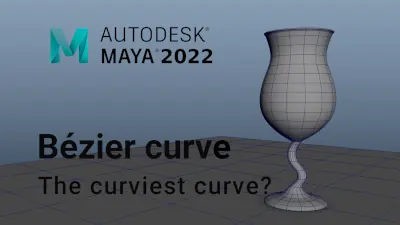
I'm receiving STEP files of objects that we're rendering for a client (I don't normally work in Maya), but it seems they end up standing on edge somehow. My suspicion is that the pivot point is not reset angle-wise to 0 degrees. I have been able to get the client to at least get the pivot point to XYZ zeroed, which means that the object (imagine a 1x1x3 box, regardless of unit) is standing at zero XYZ but on its edge basically.
I have still been unable to get the client to "fix" this problem (I believe they're working in Inventor, but they're located in Poland and not fluent in English either, so I can't pay them a visit), so I'm wondering if there is any way or script I can use to "straighten" the model based on a known straight part of the model?
Ideally, if I could select a single nurbshape (a plane) in the model that I know should be aligned along X and Z axis (i.e. flat on the ground) and run a script that either a) straightens the whole model (it's grouped in root) or b) gives me the X, Y and Z rotation to use to straighten it I would be eternally greatful.

Ask away if there's anything else you might need to know.
Oh, it's Maya 2012 on OS X btw.









